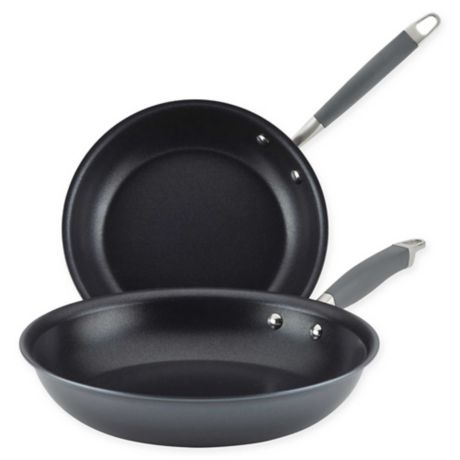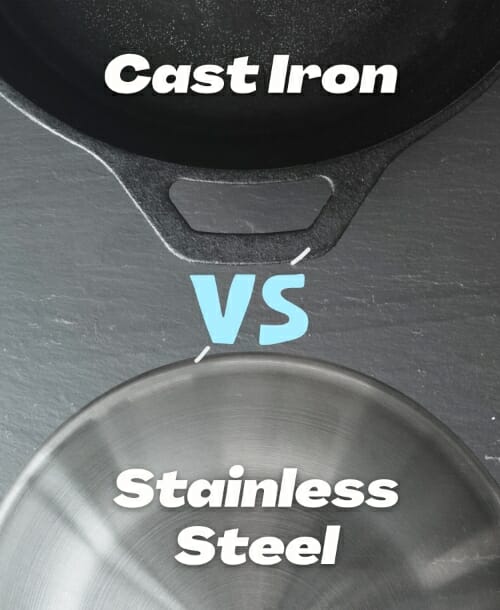
Even when you're careful to avoid metal utensils, the surface will inevitably break down and begin to lose its nonstick properties. Nonstick skillets have the shortest lifespan of any stovetop cookware. It is, however, about the toughest nonstick pan you're likely to find. That said, it still sears meats, fish and veggies better than other nonstick pans. Ultimately, the best choice will depend on your individual cooking needs and preferences.HexClad was noticeably less proficient at searing than the marketing jargon would have you believe. Cast iron pans are extremely durable and excel at retaining heat, but they require more maintenance and may be more difficult to work with when cooking delicate items. Stainless steel pans are durable, easy to care for, and perform well when cooking delicate items, but they do not retain heat as well as cast iron. In conclusion, both stainless steel and cast iron pans have their own unique advantages and disadvantages. Cast iron pans also need to be re-seasoned periodically to maintain their non-stick properties and prevent rust. Instead, they should be cleaned with warm water and a stiff brush, and then dried and seasoned with oil after every use. They should not be washed with soap, as this can strip the pan of its natural seasoning. Cast iron pans, on the other hand, require a bit more maintenance to keep them in good condition. They are dishwasher safe and can be easily cleaned with soap and water. Stainless steel pans are generally easier to care for and maintain than cast iron pans. They are also great for tasks like grilling, as they can withstand high heat and give foods a nice char.

Cast iron pans, on the other hand, are excellent at achieving a deep sear and crust on meats, thanks to their ability to retain heat. However, stainless steel pans are not as effective at achieving a sear or crust on meats, as they do not retain heat as well as cast iron. They are also less prone to sticking than cast iron pans, which can make them a better choice for tasks like sautéing or frying. Stainless steel pans are known for their smooth surfaces, which can make them easier to work with when cooking delicate items like eggs or fish. They heat up quickly but tend to cool down faster, which can make them less ideal for tasks that require a consistent, high heat.īoth stainless steel and cast iron pans can be used for a wide range of cooking tasks, but they do have some differences in terms of performance. Stainless steel pans, on the other hand, do not retain heat as well as cast iron. They can maintain a consistent temperature for a long time, making them great for tasks like searing and frying. Cast iron pans are excellent at retaining heat and are known for their ability to heat up quickly and evenly. One of the biggest differences between stainless steel and cast iron pans is their ability to retain heat.

It is also resistant to corrosion, but it is more prone to chipping and scratching than stainless steel. Cast iron, on the other hand, is known for its extreme durability and ability to withstand high heat. It is also less prone to chipping or warping than cast iron, which means it can last for many years with proper care. Stainless steel is a durable material that is resistant to corrosion, scratching, and denting. In this article, we'll take a closer look at the differences between stainless steel and cast iron pans, including their durability, heat retention, cooking performance, and maintenance requirements.

Both have their own unique properties and characteristics, and choosing between the two can be a tough decision for home cooks.

Stainless steel and cast iron are two of the most popular materials used in cookware today.


 0 kommentar(er)
0 kommentar(er)
